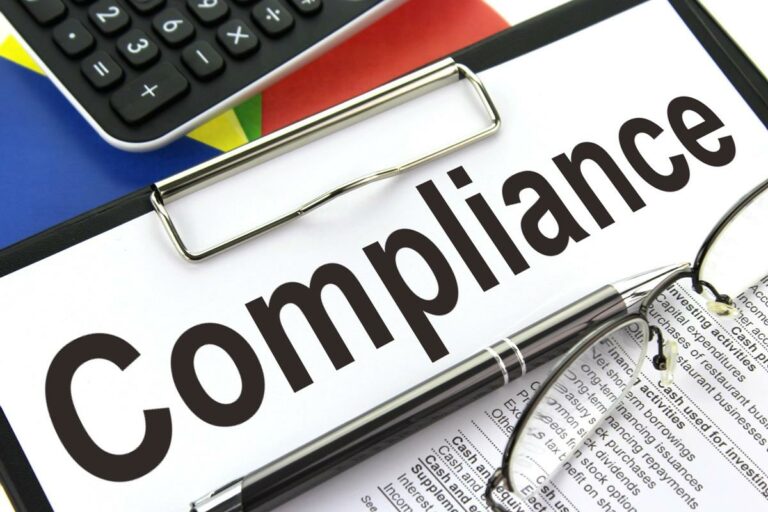Complying with new, emerging and existing regulation
Balancing compliance standards across new, emerging and existing regulation
When it comes to the economy and the influences on the global stage, it has often been quoted “when the US sneezes, the rest of the world catches a cold.” Now, the European Union has its own influence on the world but in a different way.
The EU is a powerhouse for regulation and, when the EU creates new regulatory standards, it is felt beyond its member states. So, what does this mean for regulatory standards and compliance and how can we adapt to meet the emerging standards set by the EU?
In 2016, the EU passed its highly anticipated General Data Protection Regulation (GDPR) to elevate the awareness of privacy and data protection from boardrooms to living rooms. The International Association of Privacy Professionals (IAPP) released a “GDPR at Three” infographic stating that, after three years of GDPR taking effect in 2018, 47% of all companies in the world are now complying fully with GPDR showing how far reaching the legislation goes beyond the EU.
Last year, the EU Commission submitted proposed revisions to the EU pharmaceutical legislation, which has enabled the authorisation of safe, effective and high-quality medicinal products. The legislation extends to companies supplying medical provisions and supplies to the EU from all over the world and therefore is global in its impact also.
The latest EU regulation to soon hit economies is the new AI Act. The Act is akin to Europe’s GDPR with its ambition and reach and any company doing business in the EU would do best to ensure they are compliant.
So, what does that mean for compliance? Emerging regulations provide new challenges for organisations who have to comply with the new standards. The complications lie with understanding what is being regulated, how it impacts an organisation, what factors need to be considered to comply, and how to effectively implement compliance to meet the new standards in an organisation while maintaining existing standards.
All organisations seeking compliance should conduct a gap analysis to determine what existing governance structures, polices, processes, risk categories, metrics, etc need to be implemented to achieve compliance and respond to regulatory standards. That is just the start. It becomes more complex when actively and operationally implementing the standards internally to align with the regulations.
If your organisation needs to strengthen its compliance standards operationally, these challenges are addressed in our ‘Mastering Regulatory Compliance’ training programme. A three-day course taking place on 13th May 2024. Click here for more information on the course and you can register your interest in the course here.



